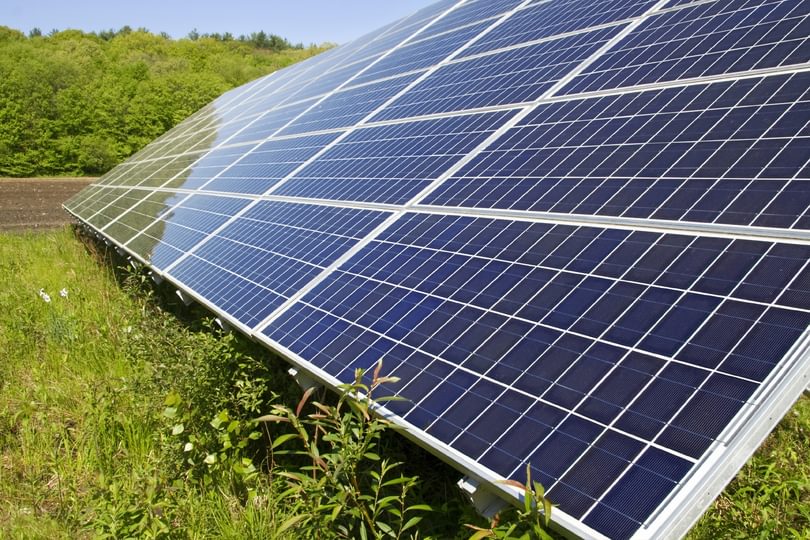
Dr Henry Snaith,Co-Director of the School’s Programme on Solar Energy, has discovered a way of creating solar cells that can be printed onto glass or walls. Snaith and his team of researchers combined a metal oxide normally found in toothpaste with a thin dye that when printed on to glass can turn the sun's energy into electricity.
The glass can be produced in a range of different transparent colours for use in windows and for cladding buildings, and, because the manufacturing process uses abundant, non-toxic materials, the carbon footprint is considerably smaller than that of rival technologies.
"It opens up a lot of versatility and a lot of possibilities for building design…Coupled with our extremely low cost of manufacture and processing and the ongoing research effort to improve the overall performance of the device, we think it's only a short while till our performance will be competitive," said Dr Snaith.
The School’s Programme on Solar Energy: Organic Photovoltaics aims to ensure that solar radiation collected by photovoltaic cells makes the maximum possible contribution to society’s energy budget. Through interactive collaboration between mathematical modelling and physical experiments, the Programme continues to develop new ideas for both the fabrication and operation of more efficient and cost-effective photovoltaic devices. Fabrication and operation research avenues are closely coupled to each other and the scientific dialogue between them is a key component of the Programme.